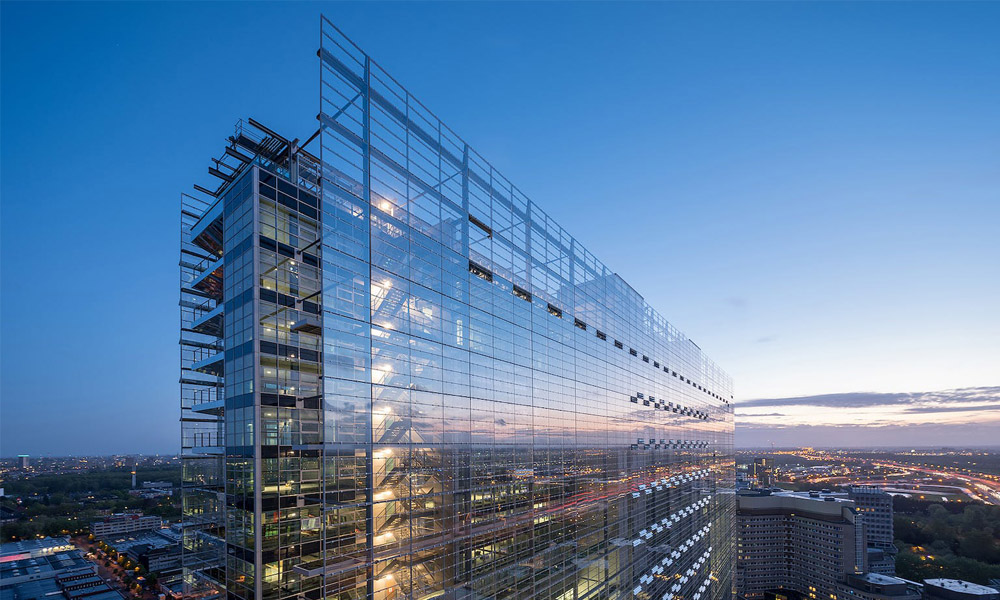

The Art and Function of Tinted Glass Design
Tinted glass has become an integral element in modern architecture and interior design, striking a balance between aesthetics and functionality. This innovative material serves a range of purposes, from enhancing privacy to improving energy efficiency. With its varied applications and impressive visual appeal, tinted glass design is a fascinating field that continues to evolve.
First and foremost, tinted glass is celebrated for its ability to modulate natural light. In buildings with extensive glass facades, the infusion of tinted glass can significantly reduce glare and heat gain from sunlight. By filtering sunlight, this specialized glass minimizes the reliance on artificial lighting during the day, resulting in both energy savings and a more comfortable environment. For instance, commercial buildings often employ tinted glass to maintain a uniform temperature throughout different seasons while minimizing energy consumption.
Moreover, tinted glass provides enhanced privacy without sacrificing natural light. This characteristic is particularly beneficial in urban settings where buildings are in close proximity. Homes and offices often present their occupants' activities to the outside world, making tinted glass an attractive solution to increase privacy while still allowing occupants to enjoy a view. The level of tint can be adjusted to fit specific needs—darker tints can significantly obscure visibility from the outside, whereas lighter tints can offer just enough shade to maintain personal space without completely blocking the view.
On the aesthetic side, tinted glass adds a contemporary touch to various architectural styles. Its availability in a myriad of colors and tints allows designers to choose options that harmonize with their overall vision. Subtle bronze or gray tints can give a sleek, modern look to a high-rise building, while vibrant hues can be utilized for artistic projects or educational institutions, adding a dimension of creativity and engagement to spaces. This versatility makes tinted glass a popular choice among architects and designers, who appreciate its ability to complement or contrast with surrounding materials.

In addition to its aesthetic and practical benefits, tinted glass contributes to environmental sustainability. In an age when energy efficiency is paramount, tinted glass helps regulate indoor temperatures, thereby reducing the need for excessive heating or cooling. Buildings equipped with Energy Star-rated tinted glass can have a significant impact on reducing energy consumption. This aligns with the broader movement towards greener building practices, as architects and developers strive to create structures that are not only beautiful but also environmentally friendly.
Another notable trend in tinted glass design is the integration of smart technology. Electrochromic glass, known for its ability to change tint based on electrical currents, allows for real-time adaptation to external light conditions. This technology can enable occupants to control the amount of light and heat entering a space at any given moment, optimizing comfort and energy efficiency. These advancements illustrate the endless possibilities that tinted glass can offer as innovations continue to emerge in the field.
While the benefits of tinted glass are undeniable, it is essential to consider factors such as local climate, building orientation, and design objectives when selecting the appropriate tint. Too dark of a tint in certain regions may lead to excessive heat accumulation, while a too-light tint may not achieve the desired privacy or glare reduction. To optimize performance, collaboration between architects, designers, and manufacturers is crucial. This ensures that the final product aligns with both aesthetic preferences and functional requirements.
In summary, tinted glass design is a multifaceted discipline that melds artistry with purpose. Its ability to enhance privacy, regulate light, and increase energy efficiency makes it a sought-after material in contemporary architecture. As we continue to push the boundaries of design and sustainability, tinted glass stands out as a versatile solution that caters to the ever-evolving needs of modern living. Whether in residential homes or towering skyscrapers, tinted glass not only transforms spaces but also enhances the quality of life for those within them.